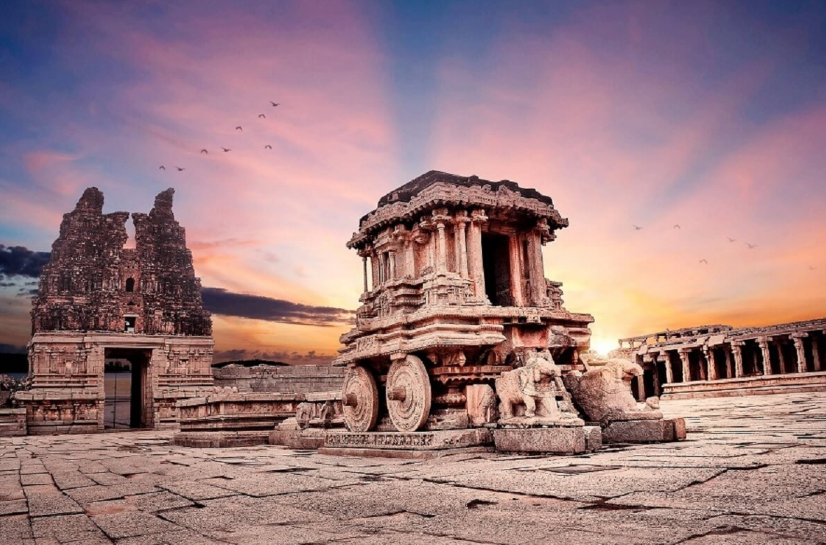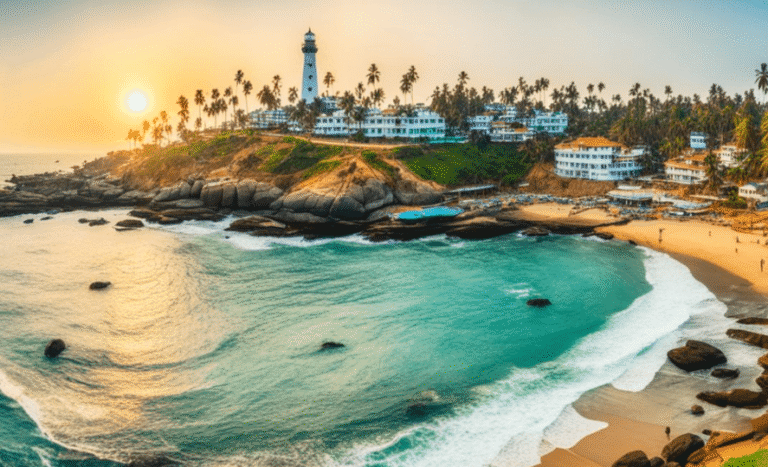Exploring Heritage Sites in Karnataka: From Hampi to Halebidu
India’s rich cultural tapestry finds vivid expression in the southern state of Karnataka, where history, architecture, and art come together in breathtaking harmony. Dotted with ancient temples, majestic ruins, and intricately carved monuments, Karnataka is a haven for heritage lovers. From the vast ruins of Hampi to the exquisite carvings of Halebidu, the state’s historical treasures are a testament to centuries of dynastic glory, religious devotion, and artistic achievement.
Whether you’re a historian, a traveler with a taste for the ancient, or a photographer seeking architectural wonders, Karnataka Tourism offers an unforgettable journey through time.
Hampi: The City of Ruins
At the heart of Karnataka’s heritage trail lies Hampi, a UNESCO World Heritage Site and once the prosperous capital of the Vijayanagara Empire. Spread across a surreal landscape of boulders and river valleys, Hampi tells the story of a once-mighty kingdom that flourished between the 14th and 16th centuries.
The Virupaksha Temple, dedicated to Lord Shiva, is the oldest functioning temple in India and still draws devotees. Just a short walk away, the Vittala Temple Complex stuns visitors with its iconic stone chariot and musical pillars—pillars that emit musical notes when struck. The Lotus Mahal, Queen’s Bath, and Elephant Stables offer a glimpse into royal life, while the Matanga Hill provides panoramic views of the entire site, especially magical at sunrise and sunset.
Hampi is not just a monument-rich destination; it’s an experience that immerses travelers in a different era, making it a crown jewel of Karnataka Tourism.
Badami: The Rock-Cut Marvels
From Hampi, head north to Badami, once the capital of the Chalukya dynasty. Set amidst rugged red sandstone cliffs, Badami is famed for its rock-cut cave temples, which date back to the 6th century. These caves—dedicated to Hindu, Jain, and Buddhist deities—showcase remarkable craftsmanship with intricate carvings and sculptures.
The first cave houses images of Shiva in his Nataraja form, while the others feature Vishnu in various avatars and Mahavira in meditative poses. The Agastya Lake nearby adds to the charm, reflecting the ancient structures in its still waters.
Badami, along with the temple towns of Aihole and Pattadakal—both within easy reach—forms a historical triangle that played a significant role in the evolution of temple architecture. Karnataka Tourism recognizes this circuit as an essential part of the state’s cultural and architectural heritage.
Aihole: The Cradle of Indian Temple Architecture
Known as the “Cradle of Indian Architecture,” Aihole boasts over 120 temples dating back to the 5th and 6th centuries. The site served as a testing ground for temple architects and artisans during the early Chalukyan period.
The Durga Temple, with its semi-circular apsidal layout, and the Lad Khan Temple, believed to be the oldest, are key attractions. The blend of Dravidian and Nagara architectural styles seen here laid the foundation for future South Indian temple architecture.
Aihole’s understated charm and its contribution to temple design mark it as a hidden gem in Karnataka Tourism’s heritage itinerary.
Pattadakal: A Blend of Styles
A UNESCO World Heritage Site, Pattadakal is where the architectural experiments of Aihole reached their zenith. Located on the banks of the Malaprabha River, Pattadakal showcases a harmonious blend of northern and southern architectural styles.
The Virupaksha Temple, built by Queen Lokamahadevi to commemorate her husband’s victory over the Pallavas, is the most prominent structure here. Its intricate carvings depict episodes from the Ramayana and Mahabharata. Nearby, the Mallikarjuna Temple, Jain temples, and several smaller shrines create an open-air museum of 8th-century temple art.
This site captures the grandeur and religious diversity that define Karnataka Tourism.
See also: Exploring the Majestic Forts and Palaces of Rajasthan
Halebidu: The Forgotten Glory
Located in the Hassan district, Halebidu was once the regal capital of the Hoysala Empire. The town is best known for the Hoysaleswara Temple, an architectural masterpiece that remains unmatched in the intricacy of its stone carvings.
Built in the 12th century, the temple is dedicated to Lord Shiva and features thousands of sculptures depicting Hindu deities, animals, dancers, and scenes from epics—each carved with extraordinary detail. Despite being plundered multiple times in history, the temple stands as a symbol of artistic excellence and spiritual devotion.
The nearby Kedareshwara Temple and the archaeological museum enrich the visitor experience, offering deeper insight into Hoysala art and architecture.
Halebidu, often overshadowed by more famous destinations, deserves recognition as one of the most awe-inspiring sites promoted by Karnataka Tourism.
Belur: Temple Poetry in Stone
Just 16 kilometers from Halebidu lies Belur, another gem from the Hoysala period. The Chennakesava Temple here is dedicated to Lord Vishnu and took over a century to complete. Its walls are adorned with sculptures so detailed that each figure appears alive.
Stories from the Ramayana and Mahabharata, scenes of everyday life, dancers in graceful poses, and divine beings—each figure in Belur’s temples tells a story. The precision, symmetry, and emotion captured in stone here are simply breathtaking.
Belur and Halebidu together represent the pinnacle of Hoysala art and are central to any Karnataka Tourism heritage trail.
Planning Your Heritage Tour
For travelers looking to explore Karnataka’s rich cultural past, here’s a suggested route:
- Start in Bengaluru (the state capital) – acclimate and explore its museums.
- Head to Hassan – visit Belur and Halebidu.
- Travel to Badami – cover Aihole and Pattadakal.
- Conclude in Hampi – spend at least 2–3 days exploring the ruins.
Each of these destinations is well-connected by road and rail. Tourists are advised to visit between October and March, when the weather is most pleasant for exploration.
Karnataka Tourism: Preserving the Past
Karnataka Tourism plays a vital role in preserving and promoting the state’s historical and cultural treasures. Through heritage walks, guided tours, and infrastructural improvements, the tourism department is making it easier and more enriching for travelers to engage with Karnataka’s glorious past.
Many of these sites are UNESCO-recognized or proposed heritage sites, emphasizing their global significance. Additionally, eco-friendly practices and community-based tourism initiatives are ensuring that heritage tourism remains sustainable and beneficial for local communities.
Conclusion
Karnataka’s heritage sites offer a captivating journey through centuries of dynasties, devotion, and design. From the surreal ruins of Hampi to the elegant temples of Halebidu and Belur, each destination has a unique story carved in stone. Exploring these timeless wonders not only enriches the mind but also deepens one’s appreciation for India’s diverse and layered history.
For culture seekers, art lovers, and history buffs, Karnataka Tourism opens the door to an unforgettable exploration of South India’s glorious heritage. So, pack your bags, charge your camera, and let Karnataka’s ancient stories guide your next adventure.







